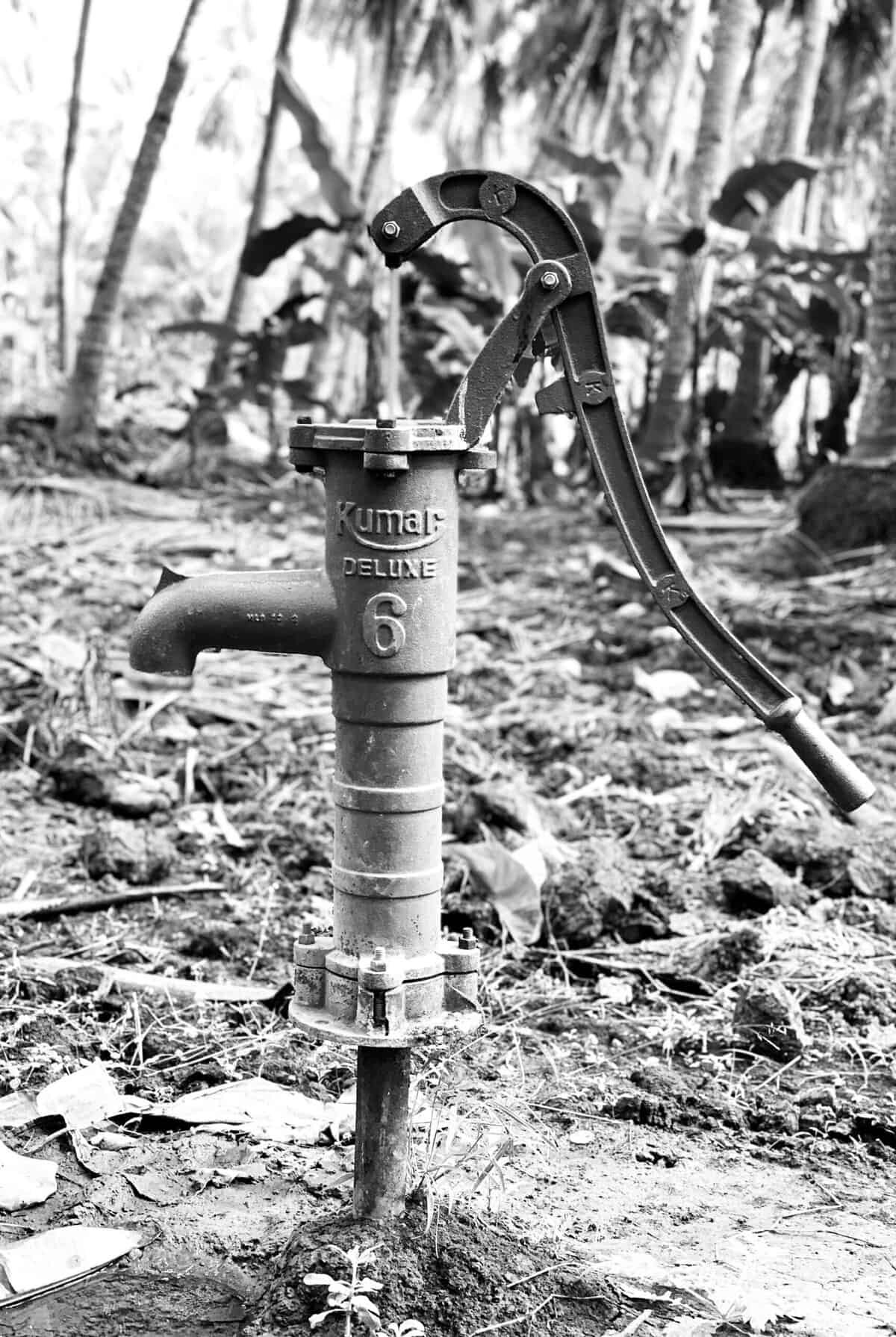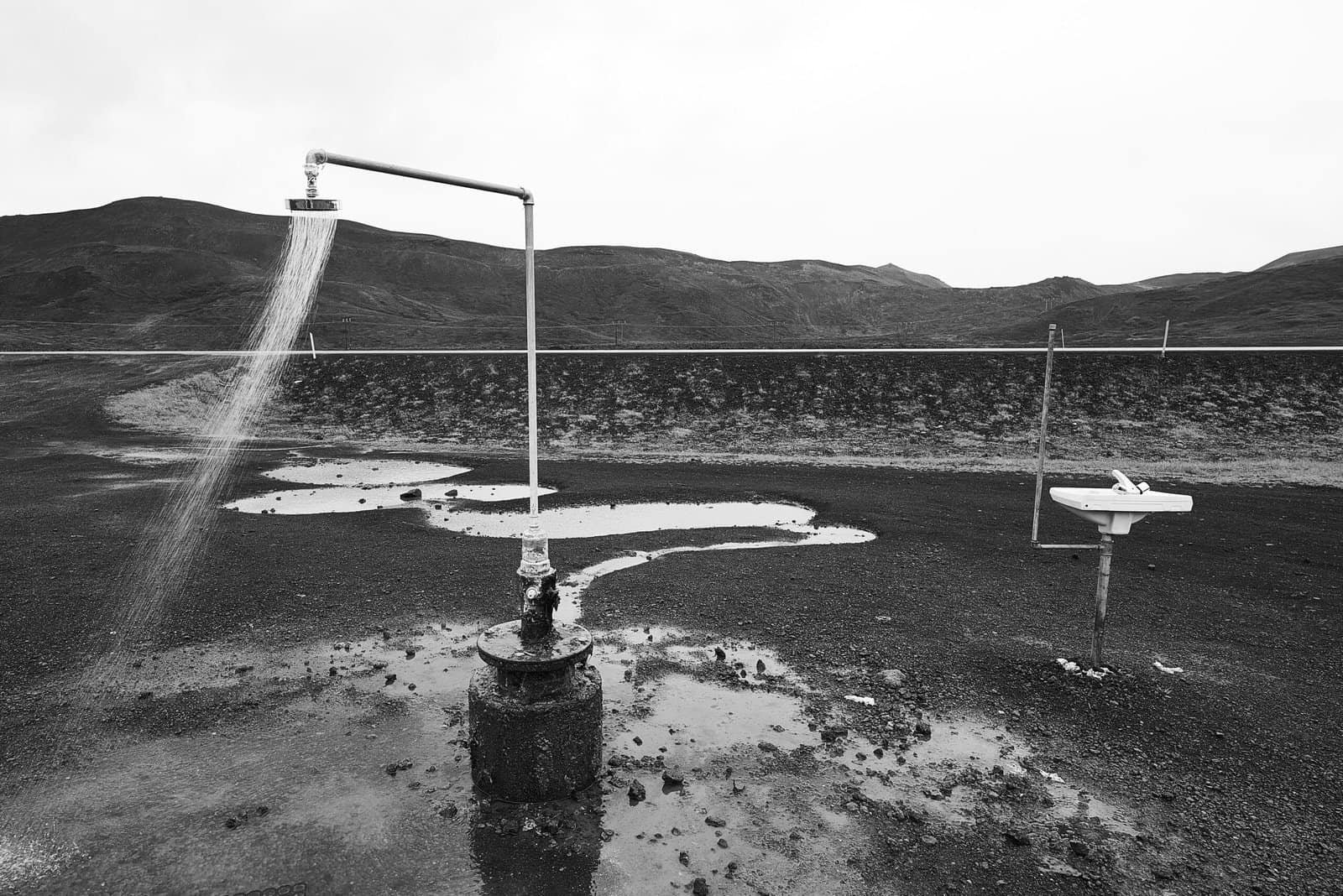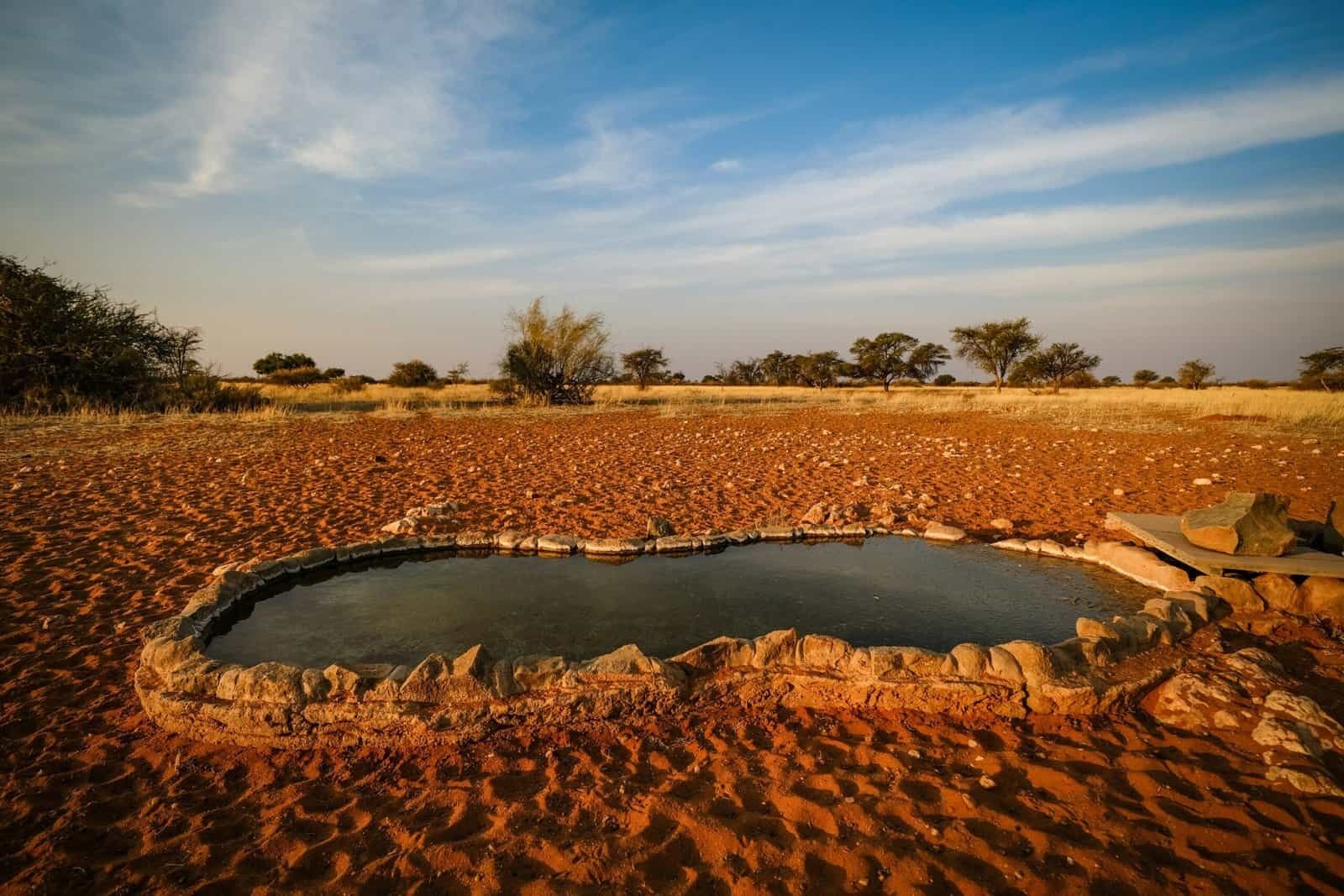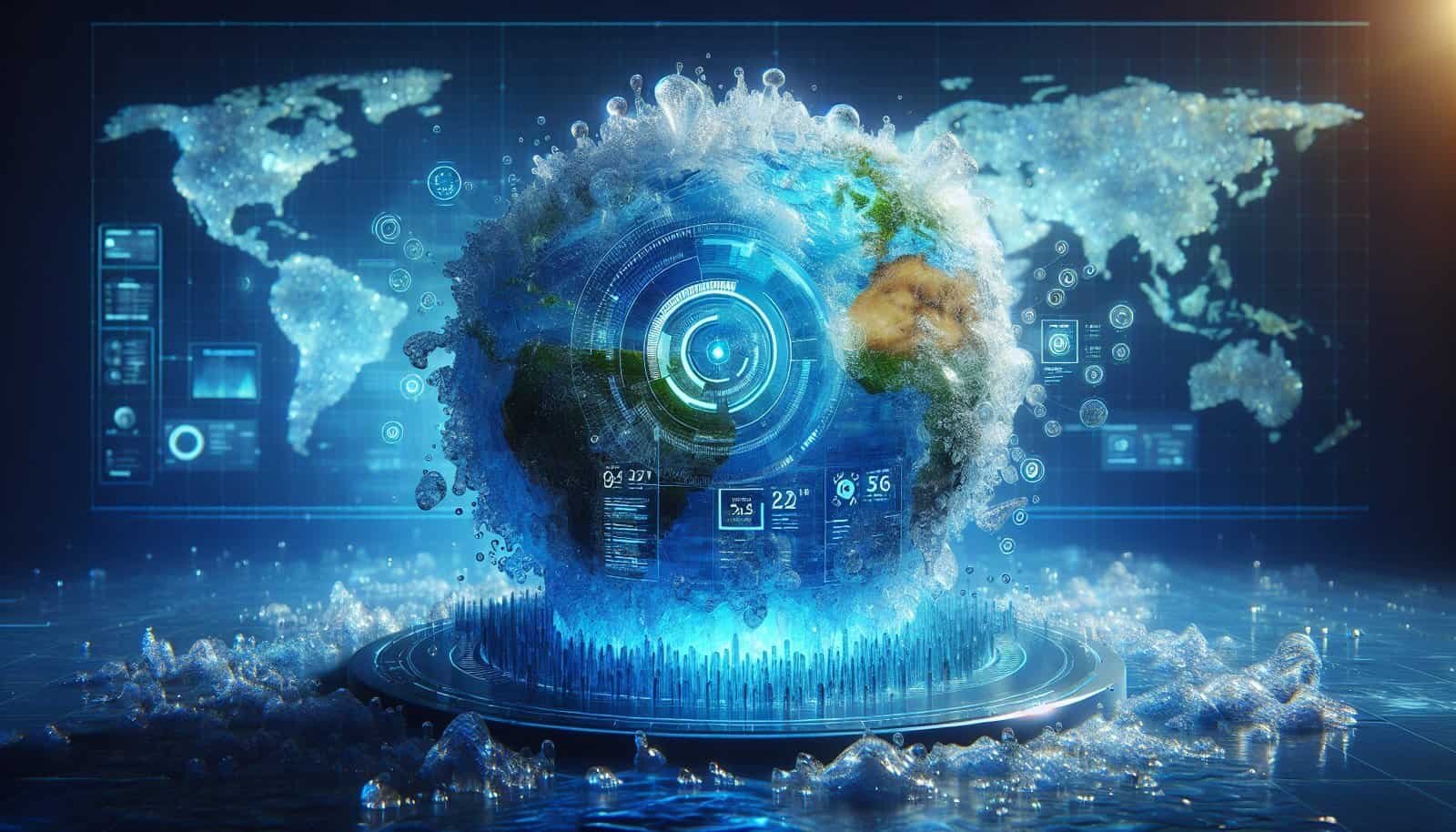Have you ever found yourself wondering about the sources for real-time groundwater level data? Understanding where to access this data can be crucial for researchers, environmentalists, or anyone concerned about water resources management. Let’s embark on a discovery of the best websites that offer you real-time groundwater information and why they matter.
Understanding the Importance of Groundwater Data
In its simplest form, groundwater is the water that lies beneath the earth’s surface. It’s an essential component of the Earth’s water cycle and a crucial resource for agricultural, industrial, and domestic use. Monitoring groundwater levels helps in improving water usage efficiency, predicting droughts, and conserving ecosystems. Having access to real-time data allows for informed decisions that can support sustainable resource management.
How Real-time Data Differs from Historical Data
Real-time data provides current information about groundwater levels, which is updated as frequently as technology allows. This can range from minutes to hours. Historical data, on the other hand, provides a long-term view of groundwater levels over past years or decades, which is useful for identifying trends and changes over time. Both are important, but real-time data allows for immediate planning and responsiveness to changes.

Key Features of Websites Offering Real-time Groundwater Level Data
When seeking out websites for groundwater information, you want to ensure they have several key features:
- Accuracy: Data should be collected using reliable methods and technologies.
- Timeliness: Information is updated frequently to provide the latest data available.
- Accessibility: The website is user-friendly and data can be easily accessed and interpreted.
- Coverage: Includes a wide geographical coverage, particularly in areas of interest.
- Data Visualization: Offers visual tools, like graphs and maps, to help understand the data easily.
Why Is This Data Crucial for Decision Making?
Direct access to groundwater levels helps in various sectors. Farmers can manage irrigation better, city planners can design more efficiently with water scarcity in mind, and governments can enact policies that protect water resources. It’s a pivotal piece of the puzzle when dealing with climate change, water shortages, or planning industrial activities.
Top Websites for Real-Time Groundwater Level Data
With the importance established, let’s identify some of the main websites you can count on for accurate and timely groundwater data.
United States Geological Survey (USGS)
USGS remains a premier source for obtaining real-time groundwater information in the United States. Through their Water Data for the Nation portal, you can access comprehensive, updated data.
- Interface: User-friendly, with options to filter data by state, county, and watershed.
- Scope: Extensive U.S. coverage, particularly robust in data collection and historical archives.
- Extras: Provides tools for data visualization and integration into larger water cycle discussions.
Global Water Watch
Global Water Watch is a global initiative that provides real-time data on water levels, including groundwater.
- Reach: International, covering several continents with a focus on global water challenges.
- Community-driven: Works closely with local communities, enhancing data relevance and accuracy.
- Tools Available: Interactive maps and alerts for water level changes, which can be crucial for disaster response.
Groundwater Monitoring Network (EU)
The European Groundwater Monitoring Network offers a comprehensive database for groundwater levels across Europe.
- Data Quality: Collected according to EU strategic goals which ensures high data standards.
- Access: Public access is available, making it easy to download and use the data.
- Updates: Frequent updates make it reliable for keeping track of current water level trends.
Indian Ground Water Resource Organization (IGWRO)
For those interested in South Asia, the IGWRO provides updated groundwater data across various Indian states.
- Regional Focus: Concentrates on groundwater challenges specific to the Indian subcontinent.
- Government-supported: Backed by governmental resources for reliable data collection and interpretation.
- Data Analysis Tools: Offers analysis tools for trends and predicting future changes.

Tips for Accessing and Interpreting Data
Getting the most from groundwater data requires understanding how to navigate these tools effectively.
Understanding Data Formats
Groundwater data can be presented in several formats, such as tables, graphs, and maps. Knowing how to read each type is essential.
- Tables: Good for detailed data points and specific site analysis.
- Graphs: Helpful for identifying trends over time.
- Maps: Best for visualizing geographical patterns and area-specific insights.
Utilizing Data Visualization Tools
Many websites provide visualization tools to interpret data effectively. Familiarize yourself with these tools to draw out vital information quickly.
- Interactive Graphs: Allow you to select specific time frames or areas for more in-depth analysis.
- Real-time Alerts: Sets notifications for when data hits certain thresholds, useful for immediate action.
Challenges in Real-time Groundwater Data Collection
While the benefits are immense, there are also significant challenges in collecting and interpreting real-time groundwater data.
Technological Limitations
Gathering real-time data isn’t without technical challenges. Technology for collecting data might face connectivity issues, especially in remote areas.
Data Interpretation Complexity
Given the complex nature of hydrological data, interpreting it without specialized training can be difficult. This often requires collaboration between scientists, technicians, and data analysts.
Defining Data Relevance
Not all data is relevant to every problem. Determining the data most pertinent to your specific needs can be a time-consuming process, requiring clear objectives from the start.

Future Trends in Groundwater Data Technology
The field of groundwater monitoring is continually evolving, with emerging technologies promising to enhance data collection and accessibility.
Internet of Things (IoT)
The integration of IoT devices is improving the ways data is collected, with real-time sensors providing more detailed and frequent measurements.
Machine Learning and AI
Machine learning models are increasingly used in analyzing groundwater data, helping to predict future trends or identify anomalies rapidly.
Increased Global Collaboration
As global water scarcity becomes a pressing issue, international cooperation and data-sharing initiatives will be crucial.
Conclusion
Real-time groundwater level data is vital for a variety of stakeholders, from farmers to policymakers, and understanding where to find this data is crucial. With platforms like USGS, Global Water Watch, EU’s Groundwater Monitoring Network, and IGWRO, accessing reliable data is more feasible than ever. The challenge lies in correctly using this data to make informed decisions that promote sustainable water resource management. As technology advances, expect even greater accuracy and accessibility from these invaluable resources.

